Have you ever felt like a game was made for you? Something that so perfectly matches your favourite aesthetics, gameplay style, narrative and theme that it’s like the developers pulled it directly from your inner core? Labyrinth of Zengetsu is that game for me.
In very simple terms, Labyrinth of Zangetsu is a very traditional dungeon crawler. You form a party of six (three in the front row, three in the back), and then explore a dungeon in a turn-based fashion, as a map of where you’ve explored slowly fills in. You’ll frequently run into enemies, and fight them in a turn-based combat system, and then when they perish, they’ll leave behind a chest, which your team’s rogue needs to inspect for traps before trying to unlock it and extract the loot.
This is, of course, how most dungeon crawlers work. Modern ‘crawlers, like the now-classic Etrian Odyssey, Stranger of Sword City and the recently released Labyrinth of Galleria all play like this. Zangetsu isn’t breaking any traditions or innovating on the formula, but it does take “hardcore classic ‘crawler” to an entirely different level. Magic users are tied to a similar Vancian magic system that was popular in 2nd Edition Advanced Dungeons & Dragons but has since been discarded. They have a set number of level 1, level 2, level 3 and so on spells that they can cast each venture into the dungeon, rather than the more modern “MP points are used to cast any spells in your library” system found in most modern JRPGs. A Vancian magic system is always a sign that an RPG is trying to tap into the nostalgia of older millennials who grew up knowing what a THAC0 was.
The game also offers a stiff challenge, though in one small concession to modern games, rather than random encounters you can see where the enemies are thanks to billowing smoke clouds that show up in the dungeons. This thankfully prevents you from experiencing a total party wipeout from a random nightmare encounter when escaping a dungeon to heal. Otherwise, Labyrinth of Zangetsu plays much more like Wizardry’s early days than the modern ‘crawlers. As teeth-pulingly frustrating as that can be at times, as someone who still enjoys a delve into classic ‘crawlers, this immediately appealed to me.
The game’s art style is also incredible, inspired as it is by sumi-e ink painting. For people who aren’t familiar with Asian painting styles, sumi-e is an ancient form that originated in China. It’s distinctive because it uses black ink to create a monochrome “watercolour” effect. The goal of artists that worked in this style was not to capture a realistic level of detail of the subject, but rather its spirit. For this reason, it has regularly been compared to Europe’s impressionism movement for the abstract intent the artist adopts when painting.
Sumi-e arrived in Japan courtesy of Zen Buddhist monks, and in Japan the art form has been seen as a form of Zen expression ever since. Philosophically, the art form is seen as simple and uncomplicated. It is an effort to work with contrast (the blank in and white paper) to create a harmony that expresses simple beauty and elegance.
And this is why I think the art form works so well for Labyrinth of Zengetsu’s horrific and bleak undertones. In Labyrinth of Zengetsu, harmony has been replaced by a sinister, paint-driven disharmony. The evil is a corrupting ink that washes over everything and twists everything it touches into a nightmare. You play as a group of rare heroes that can withstand the corrupting influence of the ink, and are tasked with venturing out of the one city where humans can still survive to try and fight back against the spreading malignancy of the ink.
Dungeon crawlers are generally meant to be dark. Aesthetically, you’re meant to feel like you’re delving into some truly dangerous locations with few opportunities for respite, and beset upon by evil around every corner. Overcoming those challenges and carting chests filled with loot was the reward for taking the risk. Ever since the original Wizardry, the genre’s tone has been grim and sinister – an aesthetic predecessor to Dark Souls, if you will. Certainly, they can be colourful and traditional fantasy (Etrian Odyssey proves that), but it’s nice to see Zengetsu return to its original quality, with the developers making it grim right down to the art direction. It’s a strange way to break the fourth wall, but when the very art style has been corrupted by the evil at the heart of the game, you feel, right from the opening moments, that this is going to be a dark game.
It’s impressive how playable the developers made Zangetsu, too. Far too many games that experiment with alternative art styles – especially black-and-white aesthetics – compromise playability to ensure that the visuals have the impact that they do. But Zangetsu does just about everything right, with a clear map to help navigation, and a carefully designed battle system that makes it easy to follow what’s going on. It also makes use of colour in very specific, rare moments to help guide your focus to the things that are really important. The only issue I have with the presentation is that the menu UI sounds are a little loud. Given how frequently you cycle into and through menus that is grating. However, it’s such a minor complaint in what is otherwise a very carefully considered package.
Labyrinth of Zangetsu isn’t the longest dungeon crawler (though if you choose the “hardcore” difficulty mode, prepare yourself for a grind that chews through some hours). It is, however, one of the most imaginative examples of the genre in recent years. I find it most similar to Dark Spire, an old (and, sadly, nearly forgotten) DS dungeon crawler. Just like that one, Zangetsu is a fundamentally retro-themed dungeon crawler that plays like a modern game, making it far more accessible than, say, trying to tackle the original Wizardry in 2023. And, as an added bonus, it has an absolutely incredible art style.
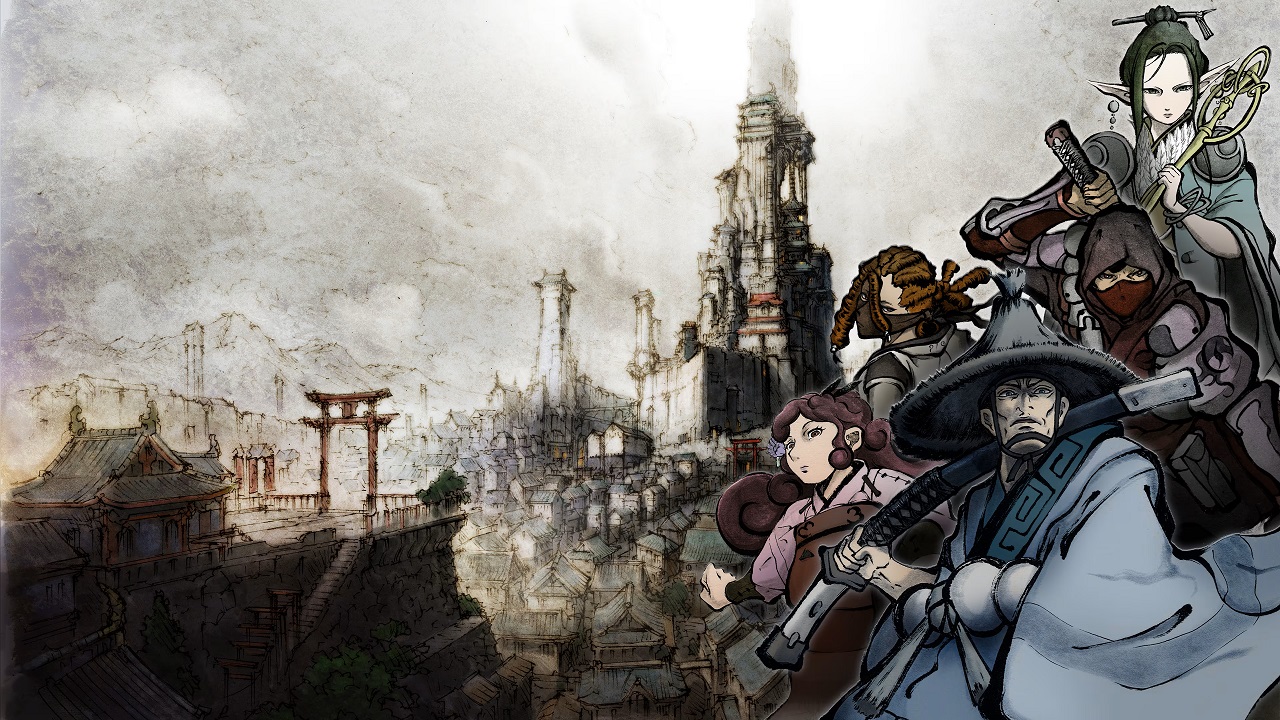

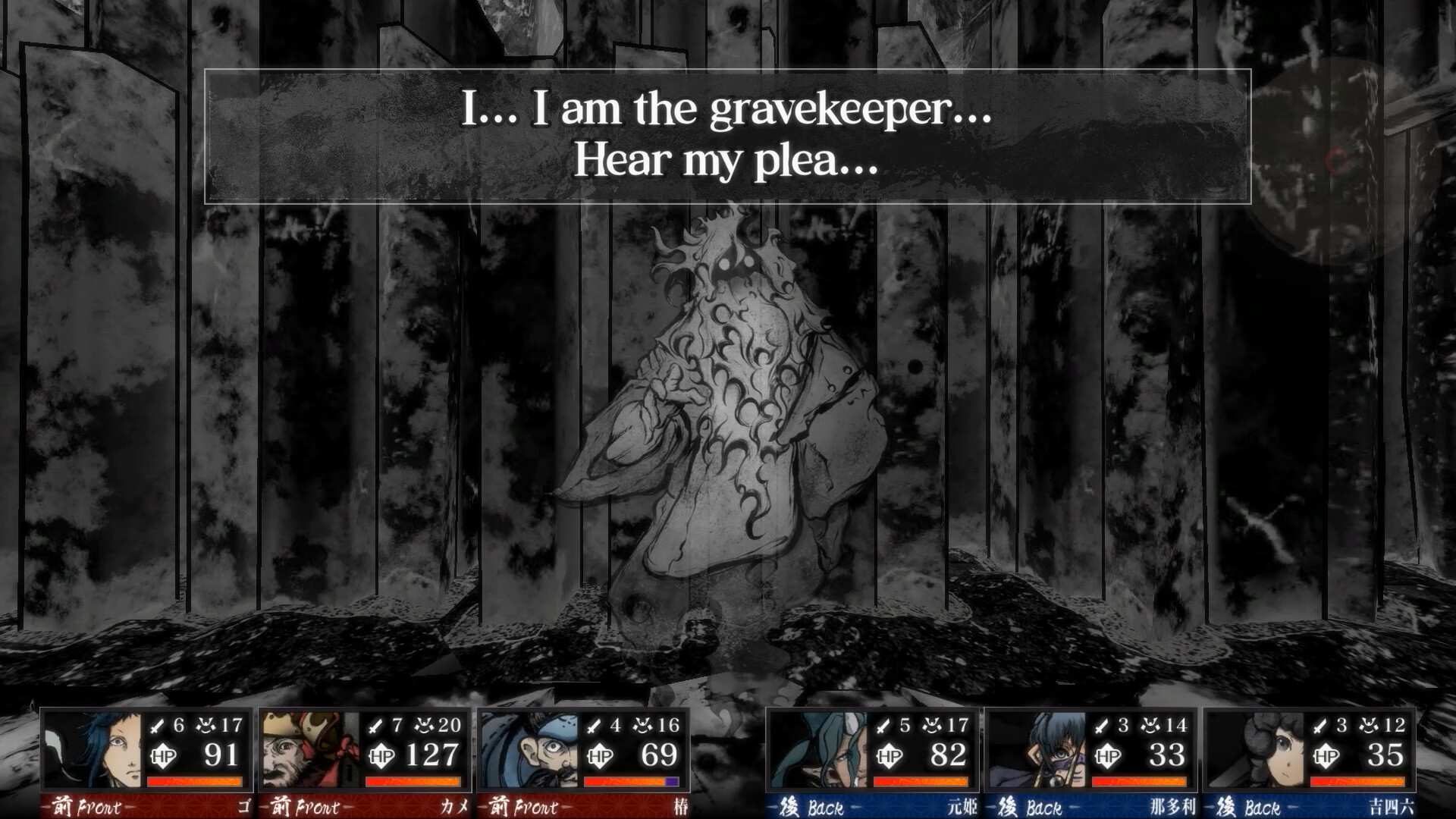
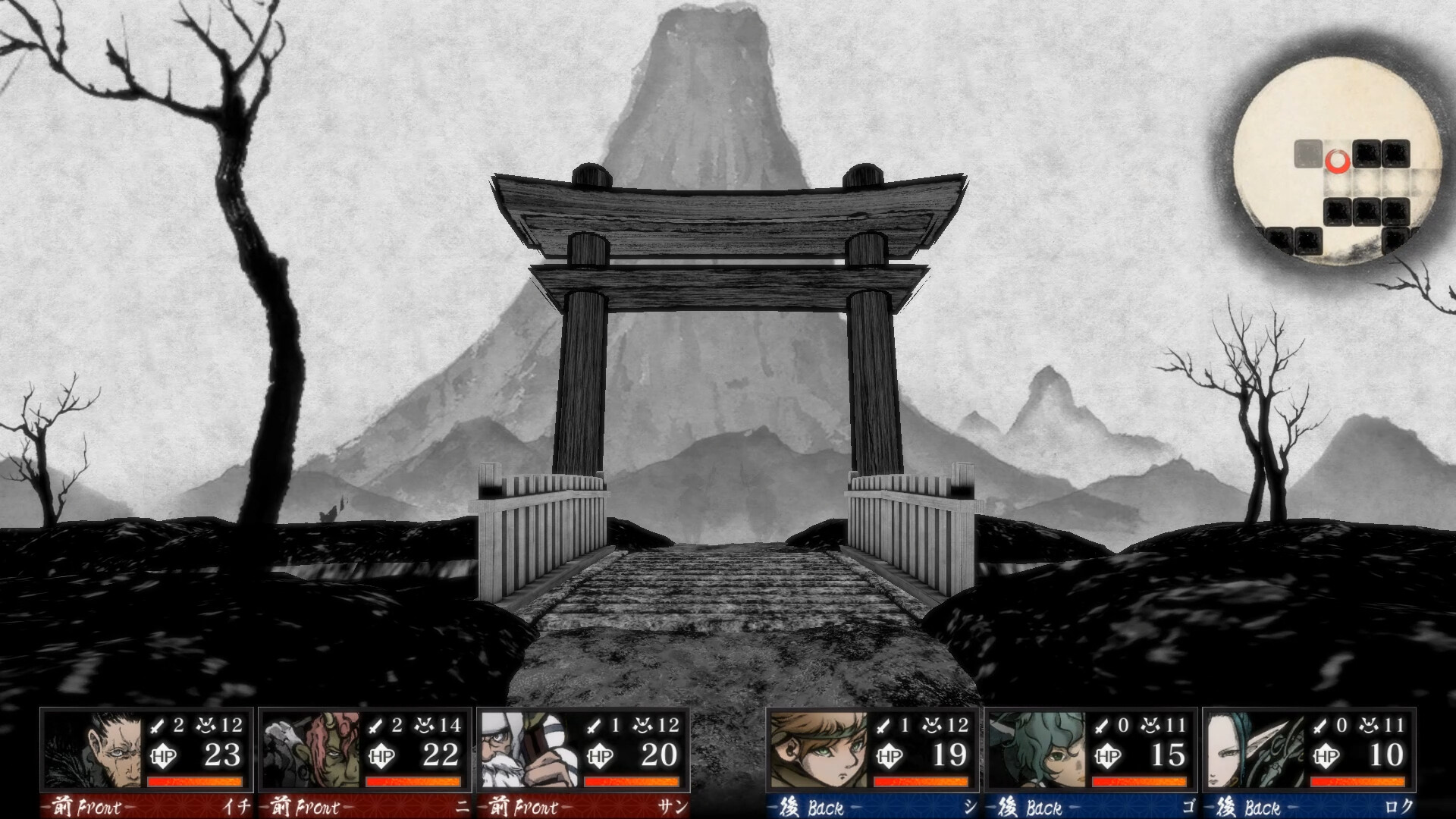
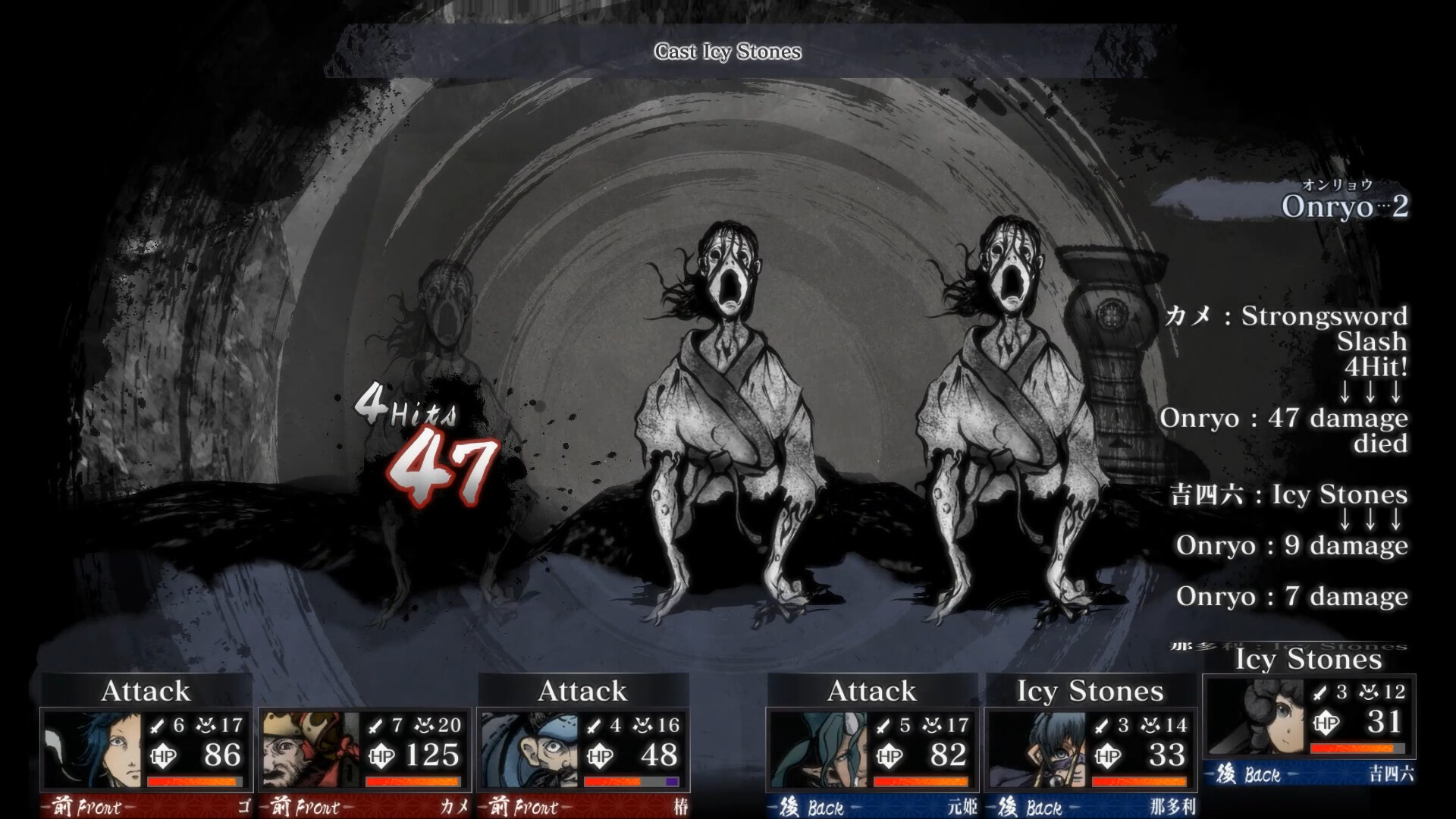

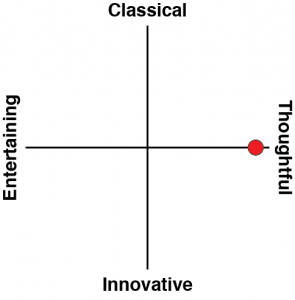
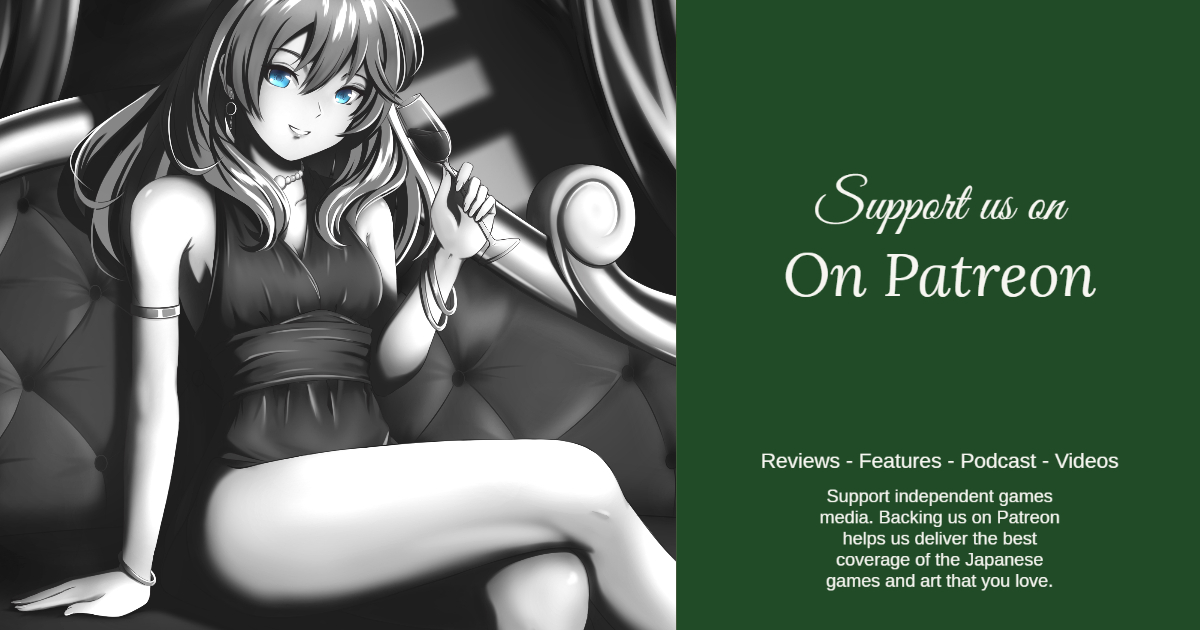
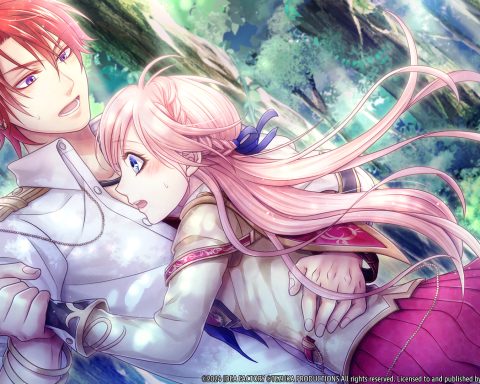
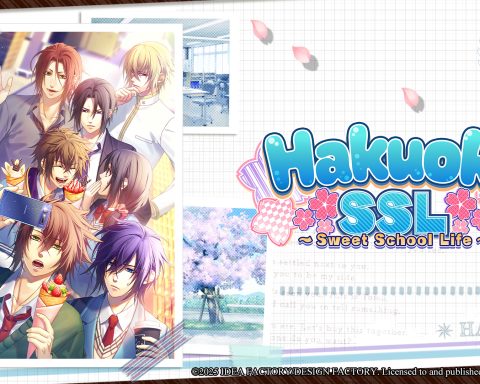
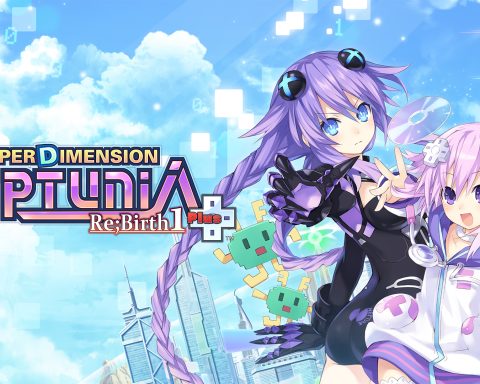
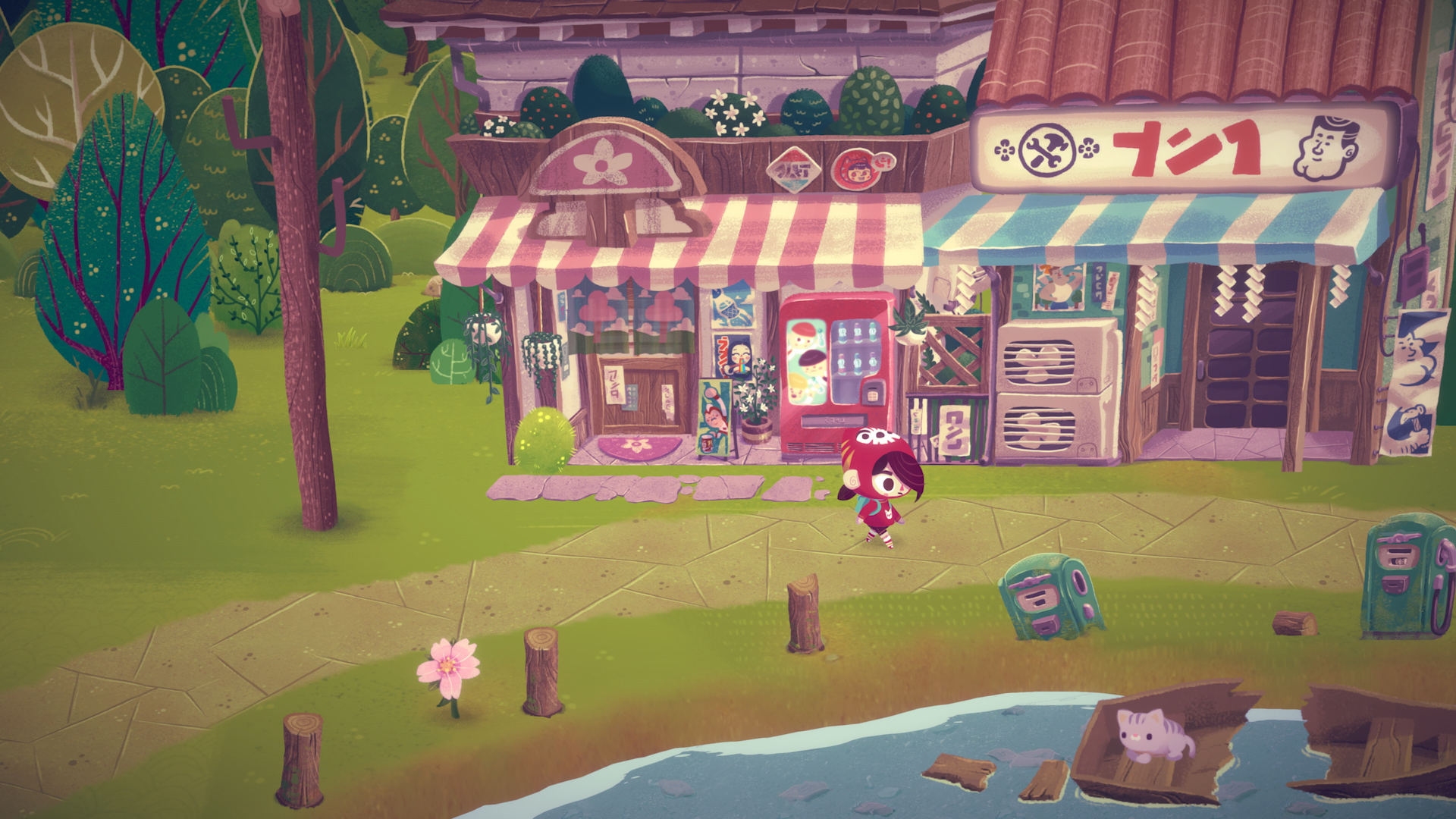
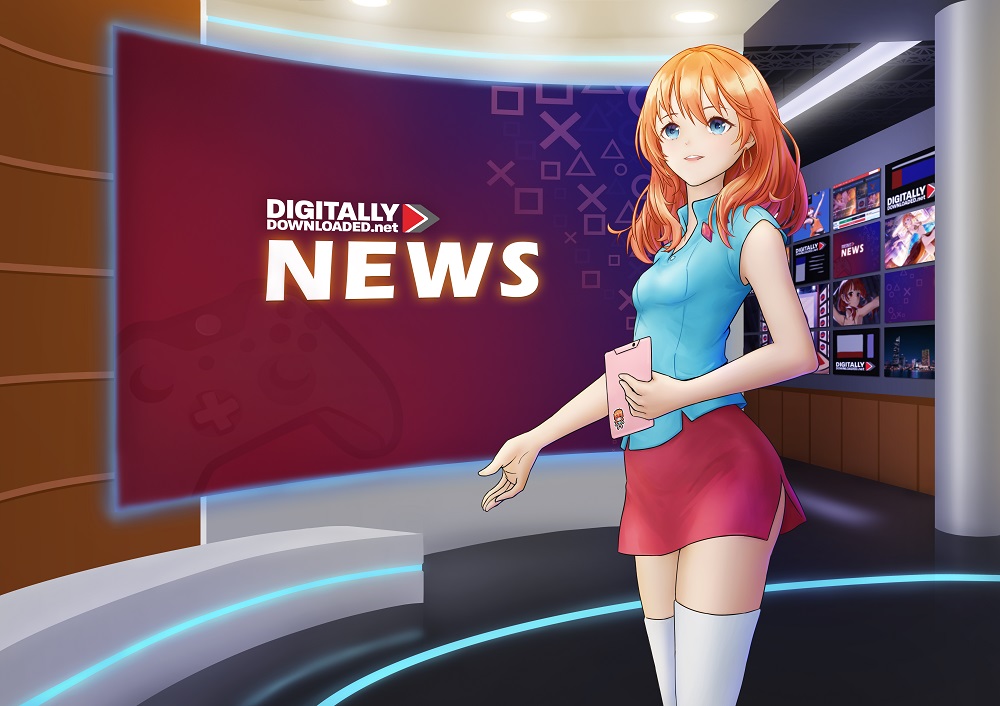
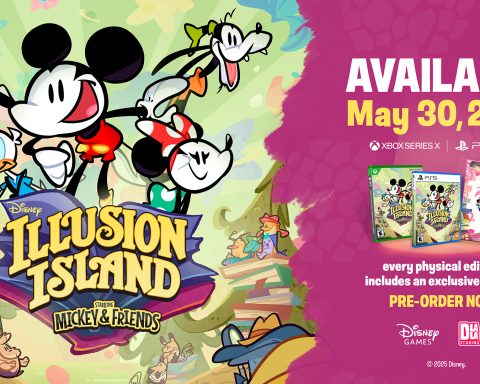
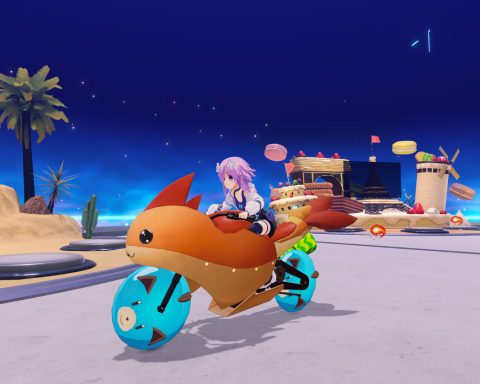
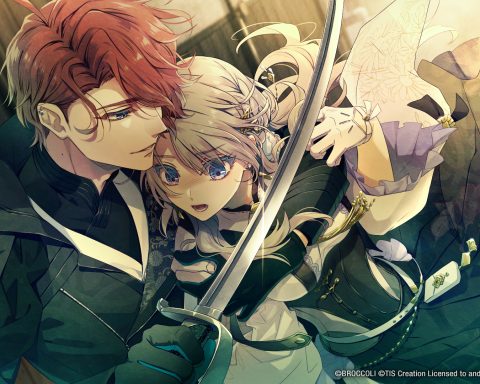
Glad to hear this positive assessment! I’ve had this game pre-ordered for several months (arrives in the mail today) … but it feels like the general RPG-playing population is “sleeping on it”. I even see it being skipped/ignored in April release lists of usually-reliable RPG sources online.
This game will be undersold and underplayed. pQube needs to do a better job promoting the fact that they have actually released a great dungeon-crawler this week! They can’t rely on a few user-generated websites to promote for them. As of today (4/21) Digitally Downloaded is the only review of this game on Metacritic, … a shame. There are two video reviews from users I’ve never heard of on Youtube (one has 1k views, the other 612 views). If I were the game’s developer KaeruPanda, I would be disappointed with pQube’s support as worldwide publisher, leading up to and as of the game’s release date. pQube has seemed somewhat erratic lately — with bad press about some developer relations, changing release dates, lack of communication. I hope they can shape up. And I hope that we will see more games like Labyrinth of Zangetsu.
I know review codes were late going out with this one, and I can’t imagine many journalists making it a priority like I did, so I would expect to see quite a few reviews emerge over the next week. Or, at least, I hope so. The game deserves much more than my lonely review up there on Metacritic.
It’ll be interesting to see where the other critics go with it. I *suspect* my review will be an outlier, as this game is very niche and it’s basically like asking people to review a hardcore Wizardry game, in an art style most don’t understand. The closest analogy to this game I can think of is The Dark Spire, and I would have given that game a 9/10 too, despite the Metacritic average being 69: https://www.metacritic.com/game/ds/the-dark-spire
So yeah. While I’m sure PQube could have done more, this is also such a niche genre these days (outside of the very rare game like Etrian Odyssey).